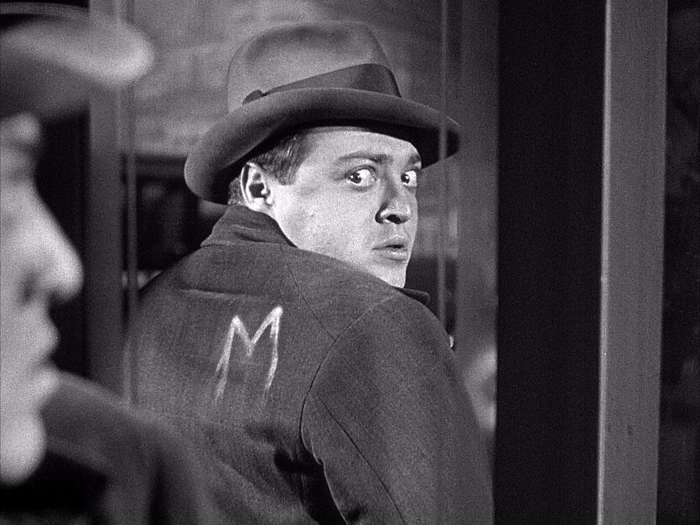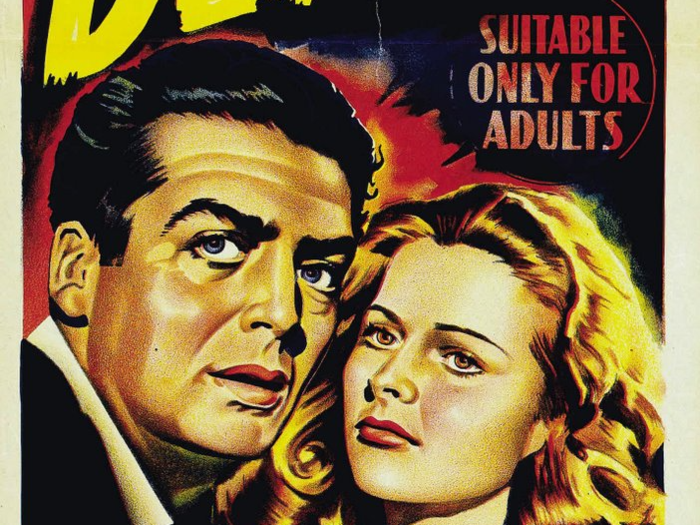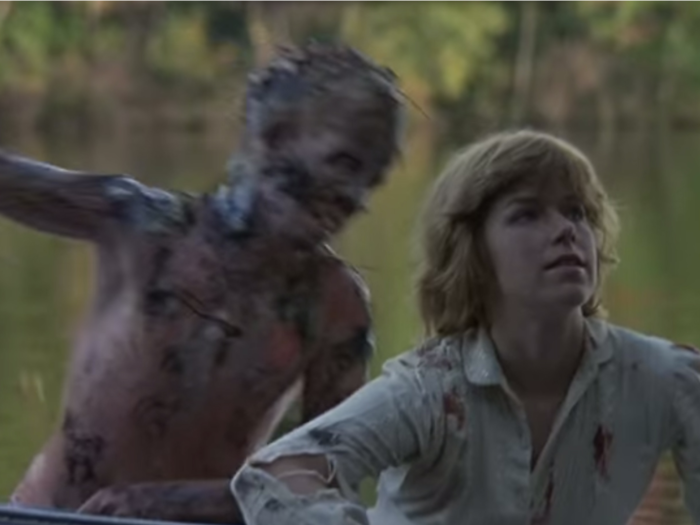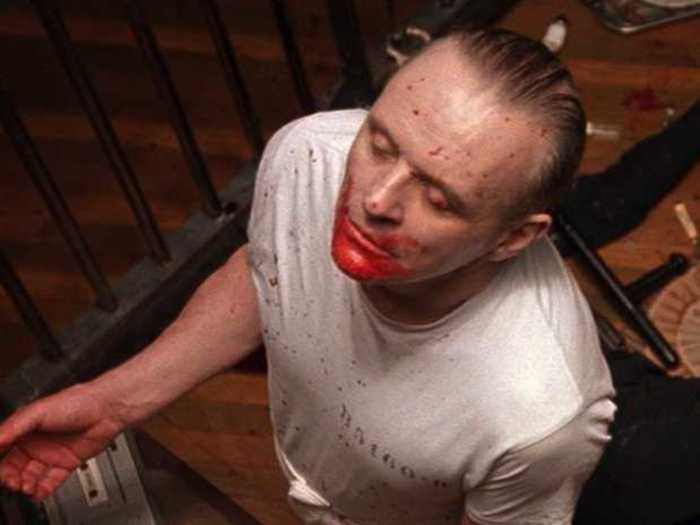- Home
- entertainment
- Movies
- Psychiatrists studied 400 movies to find the most realistic psychopath - here are their 6 key takeaways
Psychiatrists studied 400 movies to find the most realistic psychopath - here are their 6 key takeaways
Anton Chigurh of "No Country for Old Men" was the most realistic psychopath.

Honorable mentions went to two characters: Hans Beckert in "M" and Henry Lee Lucas in "Henry: Portrait of a Serial Killer."

In the 1931 German film "M," Peter Lorre plays a child-killer who embodies many of the traits now thought of as belonging to a child predator, Leistedt and his colleagues observed.
"Lorre portrays Beckert as an outwardly unremarkable man tormented by a compulsion to murder children ritualistically," the researchers wrote.
In the 1986 John McNaughton film "Henry: Portrait of a Serial Killer," the titular character's inability to plan ahead, coupled with his turbulent personal life and poor family relationships, make him a textbook idiopathic psychopath, Leistedt said.
Early representations of psychopaths weren't very accurate.

Characters like Tommy Udo in the 1947 film "The Kiss of Death" and Cody Jarrett in "White Heat" (1949) played to people's misunderstanding that "genre villains," such as gangsters or mad scientists, typified psychopathy.
"They were often caricatured as sadistic, unpredictable, sexually depraved, and emotionally unstable with a compulsion to engage in random violence, murders, and destruction," the team wrote, "usually presenting with a series of bizarre mannerisms, such as giggling, laughing, or facial tics, often creating famous and unreal characters."
For decades, slasher films reigned as the ultimate (false) display of psychopathy.

Films like "A Nightmare on Elm Street" and "Friday the 13th" delivered a brand-new take on the cinematic psychopath. But Leistedt and his colleagues argued in their report that Freddy Krueger and Jason Voorhees aren't psychopaths.
"In these slasher films," they wrote, "psychopathic characters are generally unrealistic, accumulating many traits and characteristics, such as sadism, intelligence, and the ability to predict the plan that the future victims will use to escape. Today, these are more iconic popular evil representations of fictional killers than of interesting psychopaths."
Female psychopaths are just as rare in film as in the real world.

Out of the 126 psychopaths in the team's sample, only 21 were female.
Typically, those characters fit a similar mold, often serving "as scheming manipulators whose main weapons are sexual," the research team wrote. Examples of such female psychopaths in film include Hedra Carlson in "Single White Female" and Catherine Tramell in "Basic Instinct" — both of whom use men's sexual desires against them to dangerous degrees.
Characters such as Annie Wilkes in "Misery" and Rachel Phelps in "Major League" are among the few exceptions to that rule.
Some of the most famous "psychopaths" didn't make the cut.

Patrick Bateman in "American Psycho," Gordon Gekko in "Wall Street," Norman Bates in "Psycho," and Hannibal Lecter in "Silence of the Lambs" are all entertaining and frightening. But Leistedt and his team said their character traits don't quite fit the psychopath mold.
"In our specific topic of interest, it appears that psychopathy in the cinema, despite a real clinical evolution, remains fictional," the authors wrote. "Most of the psychopathic villains in popular fiction resemble international and universal boogeyman, almost as 'villain archetypes.'"
Popular Right Now
Advertisement